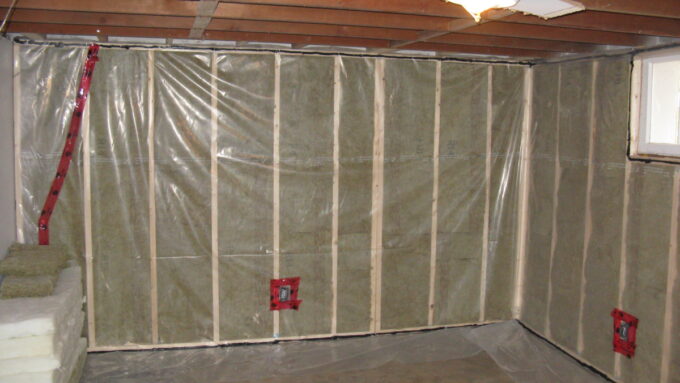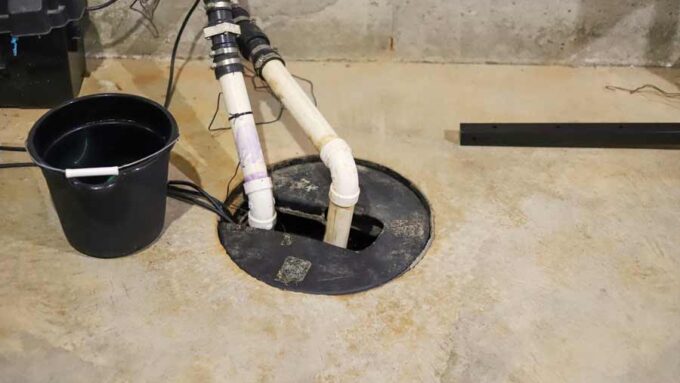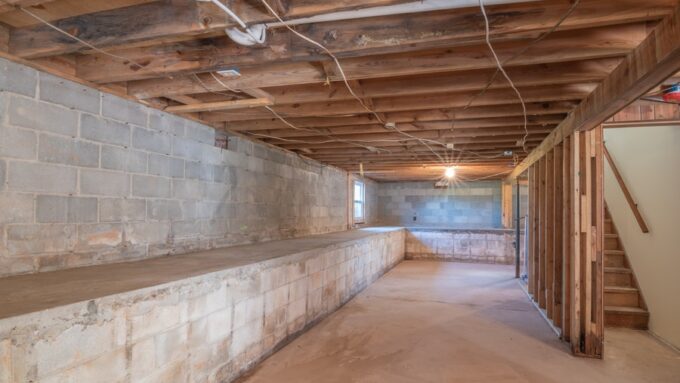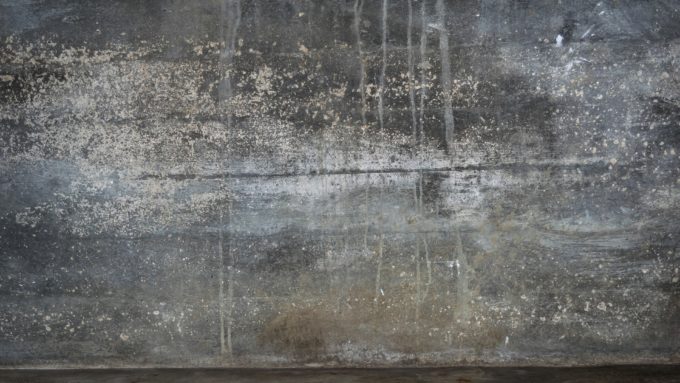There’s not many things more unpleasant than musty odors in the basement. No one wants to spend time down there and let’s be honest, it’s embarrassing if guests or service repair technicians happen to venture downstairs.
Here’s how to tackle that musty basement smell.
Where Is It Coming From?
Musty smells always have a source. Here are some places to check:
- Broken seals or leaks around basement windows or doors
- A leak from the floor above (doors, windows, leaky pipes under cabinets)
- Standing groundwater or flooding near the foundation
- Cracks in basement foundation walls
- Sewer gas released from a dry floor drain or under sink p-trap
- Damp furniture, carpeting, or laundry
Take Action
Once you’ve discovered the musty smell source, make the necessary repairs. Repairs may include:
- Repairing/replacing broken or leaky seals around doors, windows, and foundation
- Re-grading around home foundation or professional foundation repair
- Repairing cracks in walls or around exterior vents, exhaust, or pipes
- Removing/replacing damp or water damaged drywall, wood, or other structural materials
- Pouring water down a dry floor drain or p-traps if levels are low
- Cleaning or tossing musty-smelling furniture and carpeting
- Removing damp or wet towels or other laundry lying around
Humidity Control
One of the biggest issues for musty basements is caused by overly humid conditions.
A dehumidifier does an excellent job of removing excess moisture from the air and keeping humidity levels stable at around 50%.
To help circulate stale air, use a couple of fans at high speed to get the air moving.
Freshening Up
The best musty odor killers are probably products you already have in your home.
Boxes of baking soda or open bowls of white vinegar help absorb musty odors effectively.
And speaking of white vinegar, a cleaning solution of 50% water and vinegar in a spray bottle can be used to clean floors, scrub surfaces, and remove small areas of any visible mold.
If musty-smelling carpeting or furniture can be saved, renting a steam cleaner will help remove those deep, musty odors and leave behind a pleasant scent.
Conclusion
While these tips should help tackle that musty basement smell in about a week or so, remember the more serious concern is that a musty smell is an indicator of active mold.
If the musty smell refuses to leave or you want the basement checked for hidden mold, don’t hesitate to call in the mold removal and restoration specialists at RCS in Santa Rosa.






